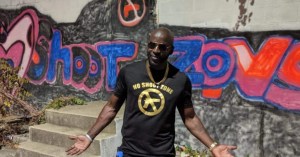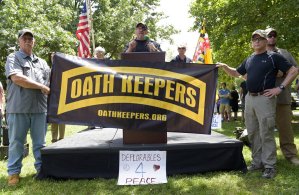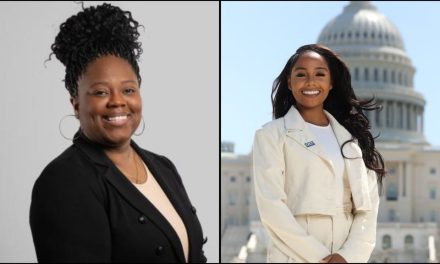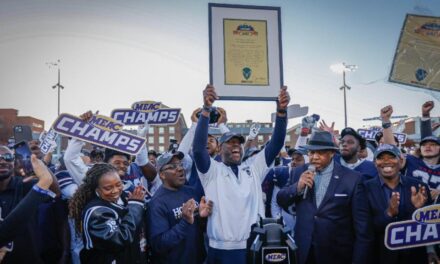By Reginald Williams,
Special to the AFRO
Tyree Colion Moorehead, known for his anti-gun violence activism, died in a hail of violent gunfire on Nov. 6 around 3:40 p.m. Moorehead was fatally shot, by some accounts, roughly 13 times by law enforcement officers.
Responding to a 911 call, multiple members of the Baltimore Police Department (BPD) arrived at the intersection of North Fulton and Lafayette Avenues in the Sandtown, Winchester neighborhood of West Baltimore. They spotted Moorehead assaulting a woman at knifepoint, according to BPD Police Commissioner, Michael Harrison.
Police say the altercation began when Moorehead approached a female and wrestled her to the ground.
“He then placed himself on top of the female armed with a very large knife,” Harrison said. “The officer began to discharge his firearm at the suspect, who rolled over and disengaged from the female.”
The woman was neither stabbed nor injured by Moorehead.
Affectionately known for creating the “No Shoot Zone” initiative across the city, Moorehead, 46, memorialized victims of gun violence by spray painting the phrase wherever a shooting occurred.
Sadly, police fatally shot Moorehead close to the area where he installed his first “No Shoot Zone” spray painting. Despite his advocacy, the family explained that Moorehead suffered from mental disorders.
“As the years passed, he displayed mental illness behaviors,” said Patricia Cole, Moorehead’s older sister. “The last couple of years, it appears to have gotten worse. Despite his battle with mental issues, he had a good heart, good intentions a great legacy.”
Numerous studies reveal that Covid-19 has amplified the social injustices faced by Black men and boys–subsequently exacerbated the mental health challenges faced by them. The Shifting the Dial project in Birmingham, evaluated by the Centre for Mental Health, found that:
- Covid-19 enforcement and policing disproportionately affected young Black men, who were much more likely to be stopped and searched …
- As a result of some of these challenges, young Black men are at risk for higher levels of mental distress during the pandemic compared to other groups.
Historically, the culture of being a Black man promotes that they deny engaging in any mental wellness activities. Black men die by suicide at a rate more than twice their White peers and are half as likely to seek support from a mental health professional.
Published reports suggest that BPD knew Moorehead, and that the activist had an antagonizing relationship with them. Loved ones shared that Moorehead had been more volatile in recent months, while continuing to be a staunch advocate for non-violence.
“Regardless of our ups and downs, we were a team; we were a movement, and we were family!! You never gave up on us; no matter what path we took. You were always our biggest cheerleader. Thank you for believing in me,” shared Akrie Lane in a Facebook post. “Thank you for the opportunities. Thank you for the memories. Thank you for everything you did for me. Most importantly, thank you for being a friend.”
“This hurts my heart, hearing this. Rest In Peace, Tyree Colion Moorehead. You were definitely a pillar in this city that we needed,” shared Efia Bey on Moorehead’s Facebook page. “Ty was a prophetic teacher, a strong leader, a man of morality and character! Praying for your kids and your family.”
Moorehead, who was also a recording artist, created more than 200 “No Shoot Zone” memorials. In a recent social media post, Moorehead sponsored a community event where he was grilling, providing food and support for stopping the shootings in Charm City.
The community is deeply affected by Moorehead’s death.
“I am hurt. I am angry and definitely disappointed,” Cole said. “My heart is weakened. I have so many emotions and so many unanswered questions, but God knows I am going to pray my way through. My brother believed in Allah. He read the word. He could quote the word. In the midst of his battles, he still was repenting.”
Baltimore’s residents appear to understand why Moorehead was shot but are concerned about why the peace officer shot at him so many times. While Harrison contends the officer shot Moorehead, who then “rolled over and disengaged from the woman,” Buck Jones, a Baltimore citizen, maintains that Moorehead released the woman before being shot several times.
“Mr. Moorehead released the woman before lying face down on the ground, hands in the air. No more than maybe two or three seconds– shots totaling 13 to 14 were fired,” Jones shared.
Moorehead’s father, Carlton Moorehead, believed to have witnessed his son’s shooting, said that the “police didn’t have to shoot him so many times.”
According to a statement released by Attorney General Brian E. Frosh, “the officer’s body-worn camera was active at the time of the incident. The video will be released in accordance with Baltimore Police Department and Independent Investigations Division policies.
Frosh also noted that “the Independent Investigations Division of the Office of the Attorney General (OAG), the Baltimore Police Department (BPD), and the Maryland State Police continue to investigate this incident.”
Reginald Williams is the author of “A Marginalized Voice: Devalued, Dismissed, Disenfranchised & Demonized.” Please email bookreggie@reginaldwilliams.org or visit amarginalizedvoice.com for more information.
Help us Continue to tell OUR Story and join the AFRO family as a member –subscribers are now members! Join here!
The post Baltimore City anti-gun activist, Tyree Colion Moorehead, shot to death by police appeared first on AFRO American Newspapers .











